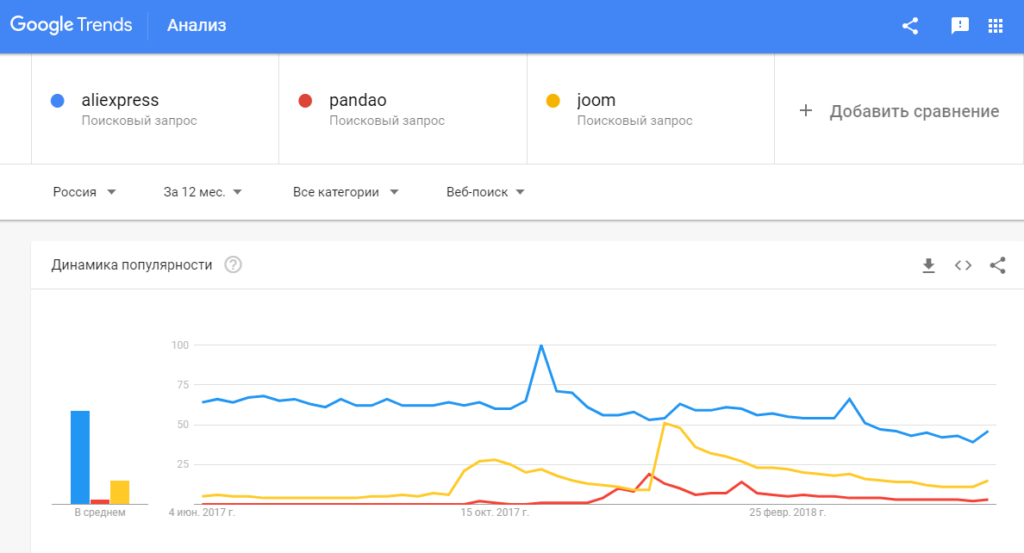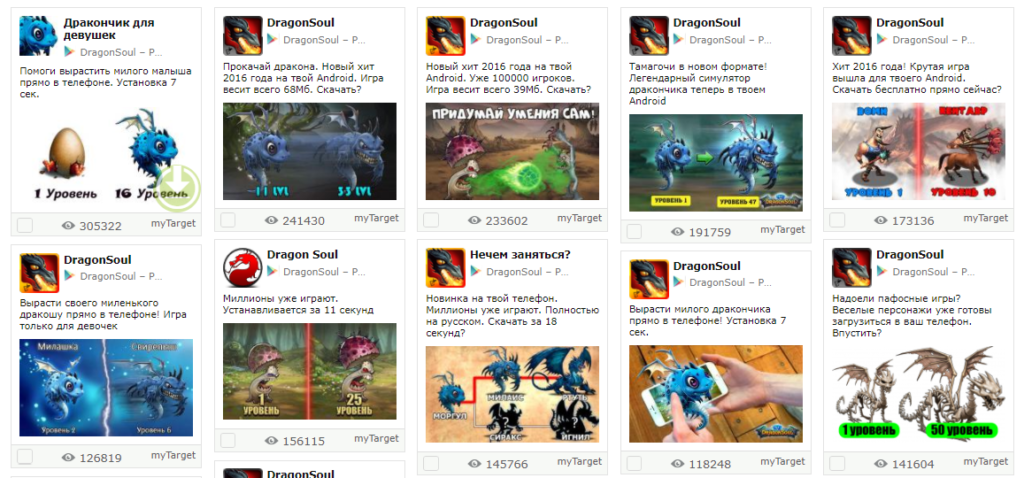Who is an arbitrageur, what is he needed for and how to behave when the offer has been spinning for a long time and is irrelevant by many signs. Sergey Zakharov, traffic manager of Mobio, told about this in our traditional section “Promotion School”.

Sergey Zakharov
An arbitrageur is an employee of an advertising company who is responsible for working with traffic.
He searches for sources, buys, tests and analyzes traffic, and then resells it.
For example, a gaming company needs to attract users. She is willing to pay $1 for each one. She turns to the advertising network, the arbitrageur of which creates an offer. Then his task is to convince users to download the game using the available tools (as a rule, banners and commercials in partner network products).
Sooner or later, the offer loses its effectiveness in purchasing traffic and monetizing the purchased traffic. In other words, “the offer is squeezed out”, if we use the terminology of the arbitrageur. There are several steps that will, in theory, increase the life of the offer. In other words, without changing the information about the application in the store, increase the conversion from traffic to it.
Checking the offer for demand
Before pouring traffic, you need to check the demand for the application. Squeezed offers have flashes of growth. If you start promoting the app at the same time as the flash, you can achieve a strong cumulative effect. In order to check the demand, tools such as Google Trends and Yandex Wordstat are best suited.

Tracking demand
It also makes sense to track outbreaks of demand from competitors.
The growth of interest in them can also be a reason to start promotion, since, most likely, your application has a mention of them in the keywords. This means that the traffic from the competitor’s surge will partly affect you.

We track the demand for our application and for competitors’ applicationsScaling by sources
Those solutions that have proven themselves well on some advertising platforms, it makes sense to implement on others. We see, for example, that the offer was spinning mainly in inapp sources (mobile applications) in Google Adwords and in myTarget, but we do not see it in VK public. This means that it’s time to test its placement in VK publics with the same approaches.
You can also search for additional sources, thematic sites. By writing to the owners of large thematic sites, you can agree on the placement of a banner.
If it would seem that all working and non-working bundles have already been tested, we are looking for new ideas to promote the offer:
- you can view the current and expected promotions, and then draw banners for them;
- you can create approaches that will be able to attract a new audience (the age of most of the audience of the application is 25-45 years old, we are experimenting with an approach for 18-24 year olds), change the GEO, start targeting by CA, based on the ID of current users;
- you can increase the conversion rate by personalizing the headers (in the title of the ad, write a dynamic macro “Do you {age}? Get a discount of up to 30%”).
We use someone else’s experience
With the help of spike services that allow you to track how much traffic competitors buy, as well as what creatives they use, you can also find out successful approaches to promotion.

We study creatives and their effectiveness
For example, we go to Admobispy, we look at the most popular banners that were spinning in myTarget, we look at CA.
Next, we select public sites with a suitable target audience for us and prepare posts with an approach, but, of course, with our own content for placement.
